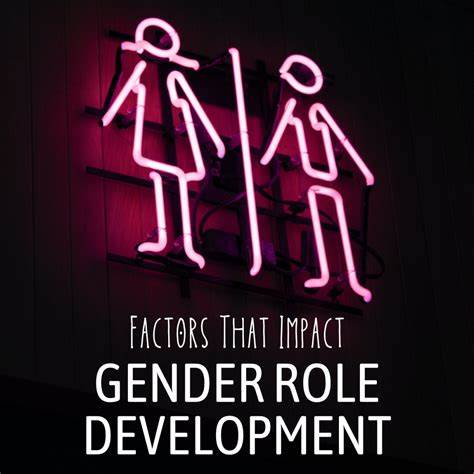Gender roles, defined as societal expectations regarding the behaviors, attitudes, and responsibilities deemed appropriate for individuals based on their gender, are deeply intertwined with cultural norms, values, and traditions. Across different cultures and historical periods, the perception and construction of gender roles have evolved in response to social, economic, and political changes. This article delves into the complex relationship between culture and gender, examining how gender roles have evolved and manifested across diverse cultural contexts.
Cultural Construction of Gender Roles
- Cultural Norms and Expectations: Cultural norms and values shape the construction of gender roles within societies, dictating the roles, behaviors, and opportunities available to individuals based on their gender. These norms are often transmitted through socialization processes within families, schools, religious institutions, and media, reinforcing traditional gender stereotypes and expectations.
- Historical and Societal Context: Gender roles are not static but rather evolve over time in response to historical, economic, and social changes. Factors such as industrialization, urbanization, colonization, and globalization have had profound effects on gender dynamics, transforming traditional gender roles and creating new opportunities and challenges for individuals of all genders.

Gender Roles Across Cultures
- Traditional Gender Roles: In many traditional societies, gender roles are characterized by distinct divisions of labor, with men typically engaged in activities such as hunting, agriculture, and leadership, while women are responsible for domestic chores, caregiving, and child-rearing. These gender roles are often reinforced by cultural beliefs, religious teachings, and social customs that prescribe and regulate gendered behavior.
- Modern and Post-Traditional Gender Roles: In contemporary societies, gender roles are becoming increasingly fluid and diverse, with individuals challenging traditional notions of masculinity and femininity. Women have made significant strides in education, workforce participation, and leadership roles, challenging traditional gender norms and advocating for gender equality and women’s rights. Similarly, men are redefining their roles as caregivers, nurturers, and emotional beings, challenging stereotypes of male stoicism and dominance.
Cultural Variations in Gender Roles
- Cultural Relativism: Cultural relativism acknowledges that gender roles vary across cultures and contexts and that what is considered appropriate or acceptable behavior for individuals of a particular gender may differ widely from one culture to another. For example, in some cultures, gender roles may be more fluid and flexible, allowing individuals greater freedom to express themselves regardless of gender stereotypes.
- Intersectionality: Gender roles intersect with other aspects of identity, such as race, ethnicity, class, sexuality, and ability, shaping individuals’ experiences of privilege, discrimination, and marginalization. Intersectional perspectives highlight the complex and overlapping nature of identity and challenge essentialist notions of gender that fail to account for the diversity of human experiences.
Conclusion
Culture plays a central role in shaping the construction and evolution of gender roles, influencing societal expectations regarding the behaviors, roles, and identities of individuals based on their gender. By examining gender roles across different cultures and historical periods, we gain insights into the ways in which cultural norms, values, and traditions shape and perpetuate gender inequalities and stereotypes. As societies strive for greater gender equality and social justice, understanding the complex interplay between culture and gender is essential for challenging traditional gender norms, promoting diversity and inclusion, and creating more equitable and inclusive societies for individuals of all genders.
